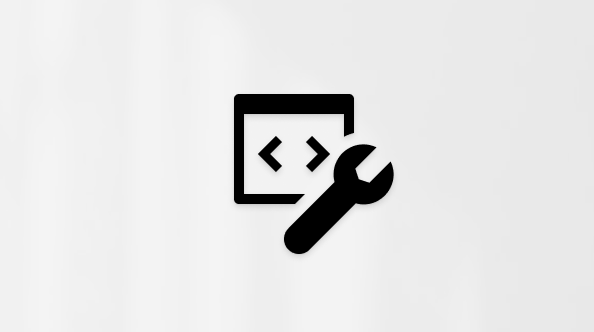Many users find that using an external keyboard with keyboard shortcuts for OneDrive for work or school helps them work more efficiently. For users with mobility or vision disabilities, keyboard shortcuts can be easier than using the touchscreen and are an essential alternative to using a mouse.
Notes:
-
The shortcuts in this topic refer to the US keyboard layout. Keys for other layouts might not correspond exactly to the keys on a US keyboard.
-
A plus sign (+) in a shortcut means that you need to press multiple keys at the same time.
-
A comma sign (,) in a shortcut means that you need to press multiple keys in order.
This article describes the keyboard shortcuts, function keys, and some other common shortcut keys in OneDrive for work or school for Windows.
Note: To quickly find a shortcut in this article, you can use the Search. Press Ctrl+F, and then type your search words.
In this topic
Frequently used shortcuts
|
To do this |
Press |
|---|---|
|
Rename the selected item. |
F2 |
|
Delete the selected item(s). |
Delete |
|
Close the current pop-up or item. |
Esc |
|
Download a selected item. |
Ctrl+S |
|
Share the selected file or folder. |
S |
|
Open the context menu for the selected item. |
Shift+F10 or the Windows Menu key |
Select or clear items
|
To do this |
Press |
|---|---|
|
Select an adjacent item. |
Arrow keys |
|
Select all items when the focus is in the contents grid. |
Ctrl+A |
|
Deselect the item(s) when the focus is in the contents grid. |
Ctrl+D |
|
Clear all or navigate to the previous folder. |
Esc |
|
Select a file or folder in the contents grid or clear the selection. |
Spacebar |
Display information
|
To do this |
Press |
|---|---|
|
Refresh the window. |
F5 |
|
Switch between the List and Thumbnails view of the contents grid. |
V |
|
In the List view of the contents grid, get details about a selected file. |
Up or Down arrow key |
|
Display keyboard shortcuts. |
? |
|
Toggle details pane. |
I |
Manage files and folders
|
To do this |
Press |
|---|---|
|
Open or download the item. |
Enter |
|
Download the selected item. |
Ctrl+S |
|
Rename the selected file or folder. |
F2 |
|
Share the selected file or folder. |
S |
|
Delete the selected file(s) or folder(s). |
Delete |
See also
Screen reader support for OneDrive
OneDrive for work or school help
Basic tasks using a screen reader with OneDrive for work or school
Use a screen reader to explore and navigate OneDrive for work or school
This article describes the keyboard shortcuts in OneDrive for work or school for the web.
Note: To quickly find a shortcut in this article, you can use the Search. Press Ctrl+F, and then type your search words.
In this topic
Frequently used shortcuts
Note: If Office Web Apps Server isn’t installed, a folder icon appears instead of the New menu.
|
To do this |
Press |
|---|---|
|
Display keyboard shortcuts. |
? |
|
Select all items when the focus is in the content grid. |
Ctrl+A |
|
Deselect the item(s) when the focus is in the content grid. |
Ctrl+D |
|
Clear all or navigate to the previous folder. |
Esc |
|
Select the adjacent item. |
Arrow keys |
|
Toggle selection for the current item. |
Spacebar |
|
Open the selected item. |
Enter |
|
Open a document from an internet site. |
Ctrl+O, type, paste, or select a URL, and then Enter. |
|
Download the selected item. |
Shift+F10 or Windows Menu key, then Down arrow key or Tab key until you reach the Download option, and then Enter. |
|
Delete the selected item. |
Delete |
|
Share the selected folder or file. |
S |
|
Rename the selected file. |
F2 |
|
Refresh the window. |
F5 |
|
Toggle details pane. |
I |
See also
Screen reader support for OneDrive
Basic tasks using a screen reader with OneDrive for work or school
Use a screen reader to explore and navigate OneDrive for work or school
Technical support for customers with disabilities
Microsoft wants to provide the best possible experience for all our customers. If you have a disability or questions related to accessibility, please contact the Microsoft Disability Answer Desk for technical assistance. The Disability Answer Desk support team is trained in using many popular assistive technologies and can offer assistance in English, Spanish, French, and American Sign Language. Please go to the Microsoft Disability Answer Desk site to find out the contact details for your region.
If you are a government, commercial, or enterprise user, please contact the enterprise Disability Answer Desk.










